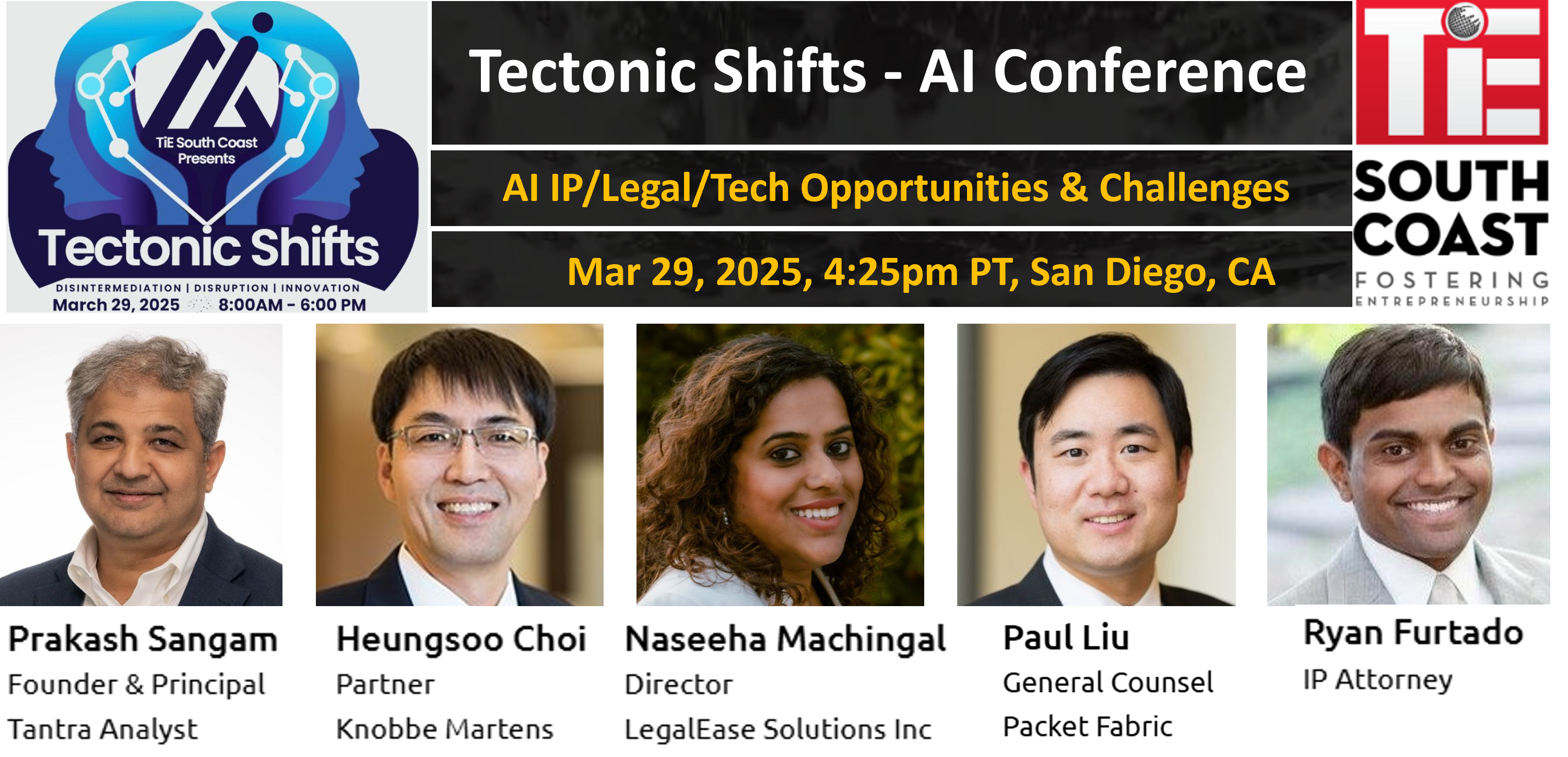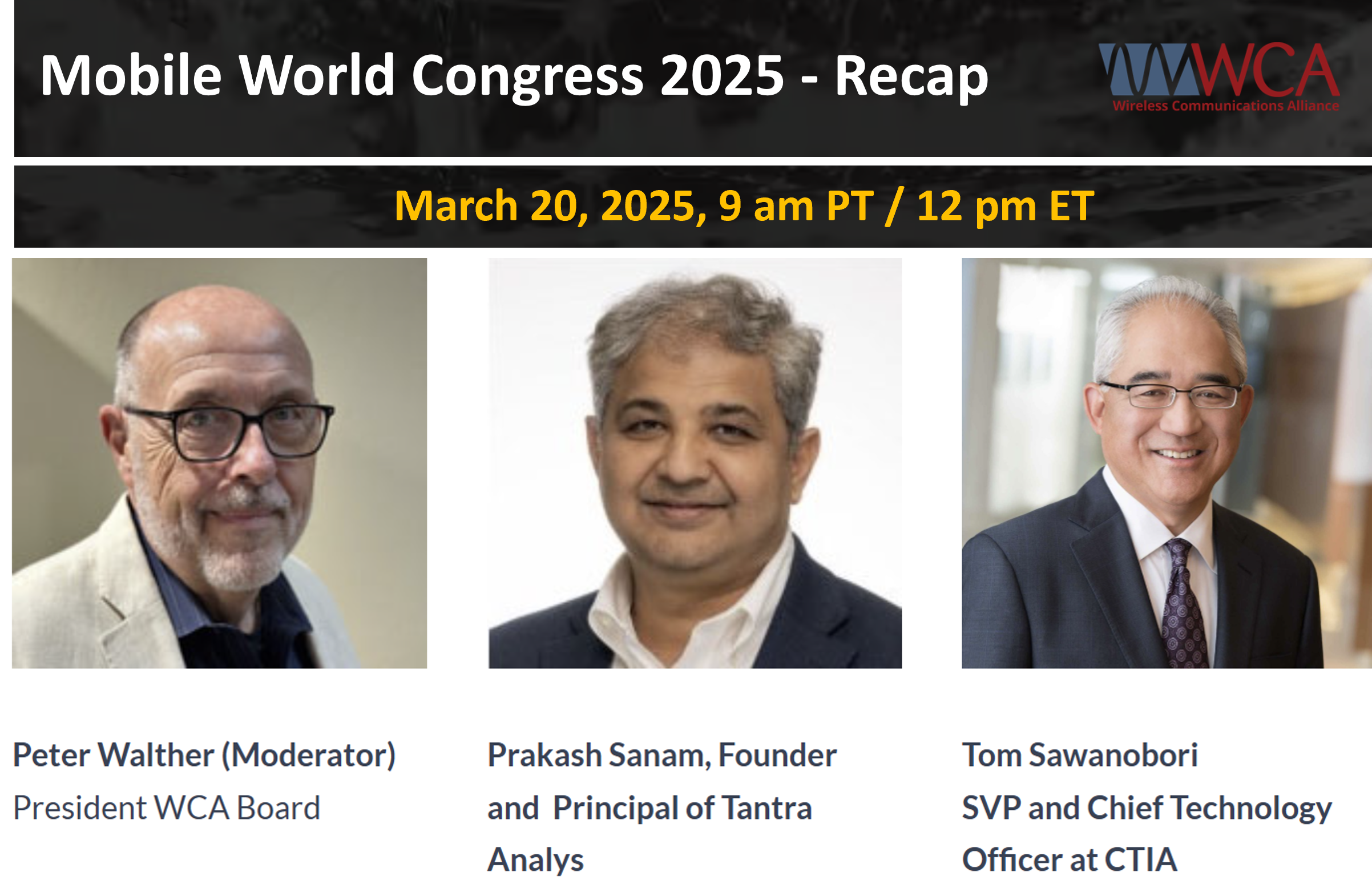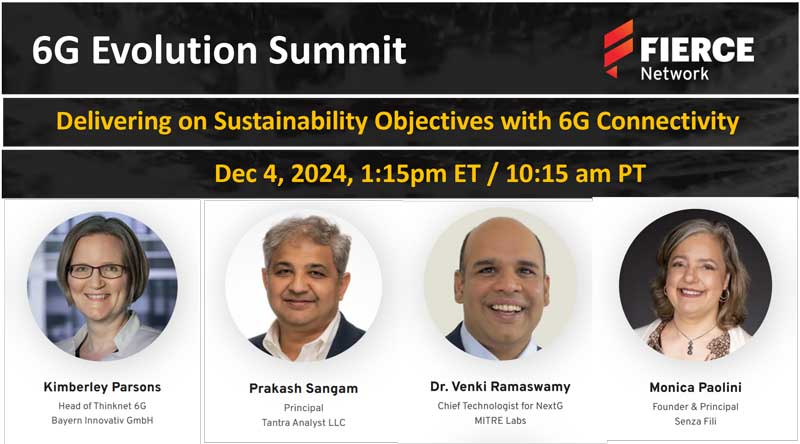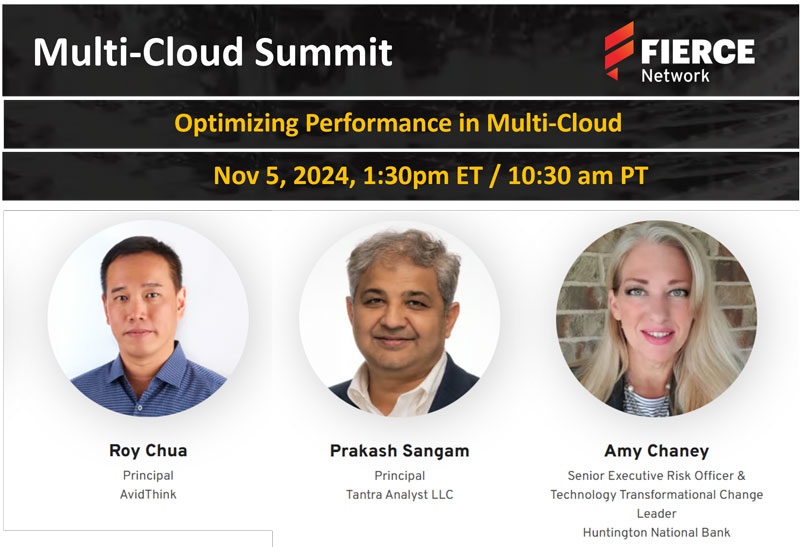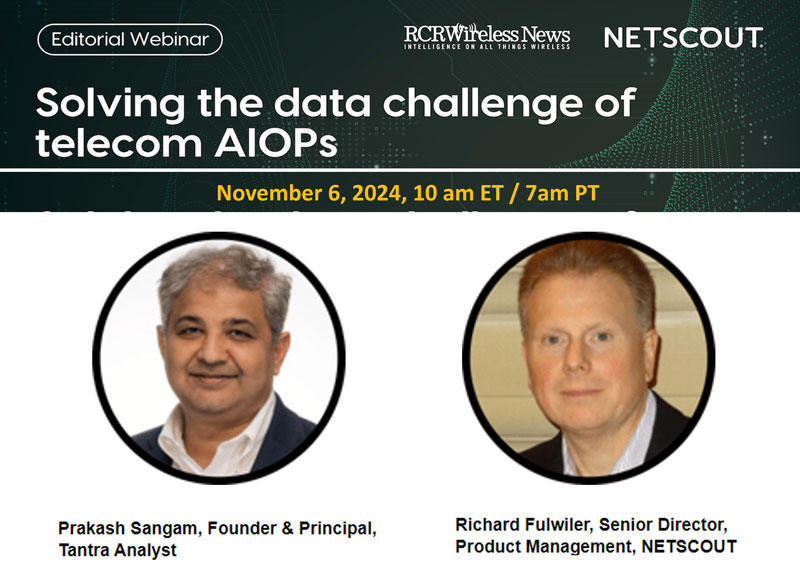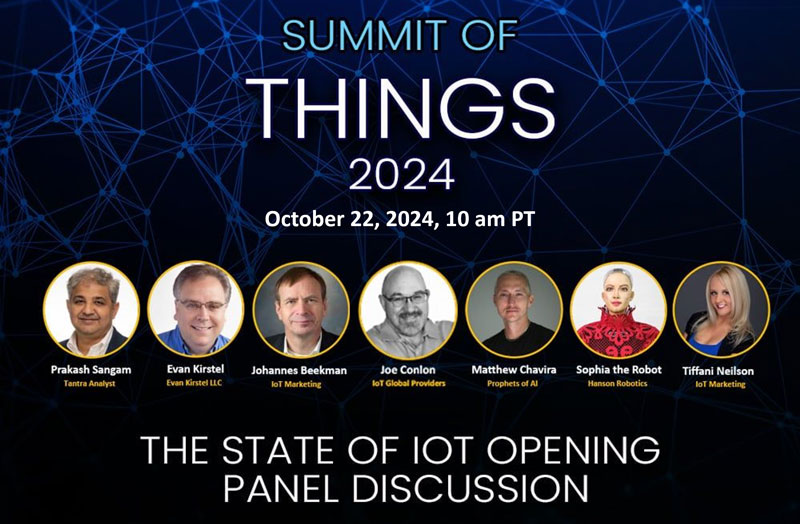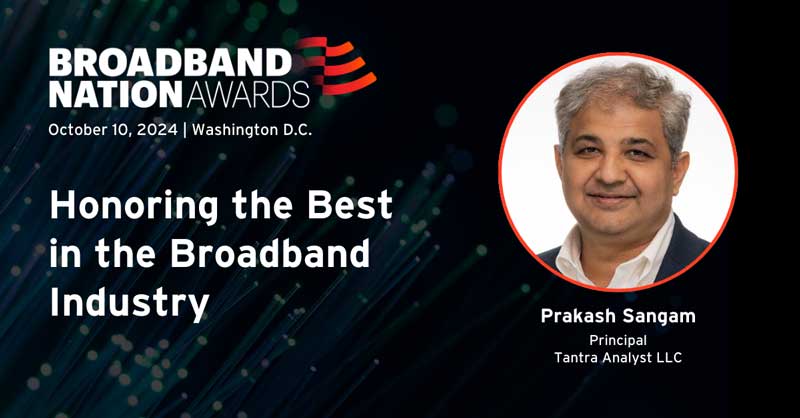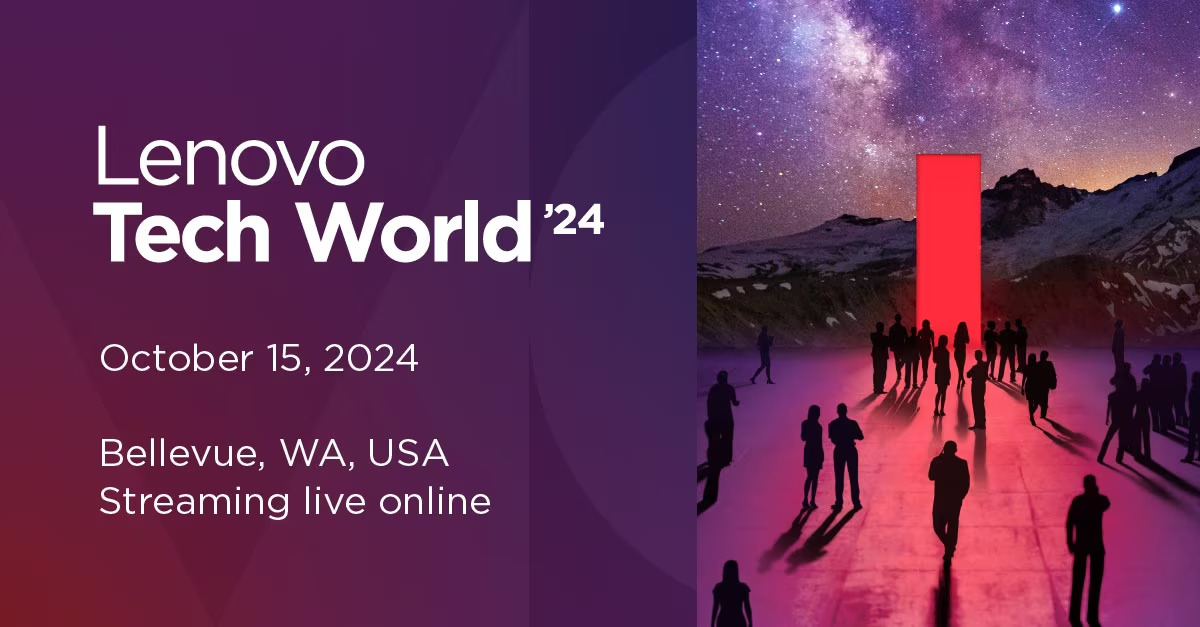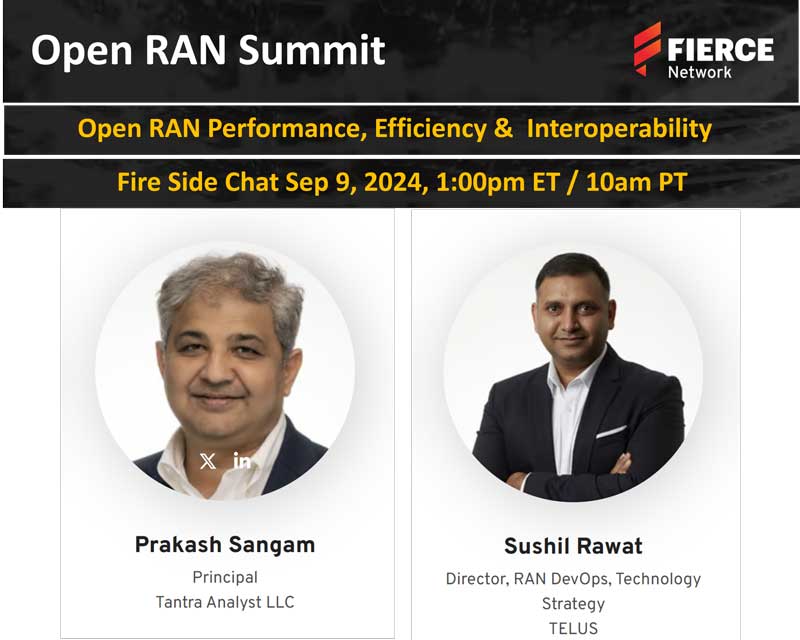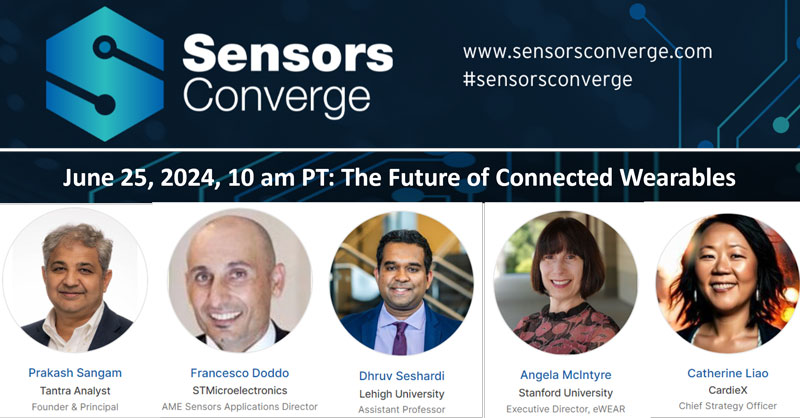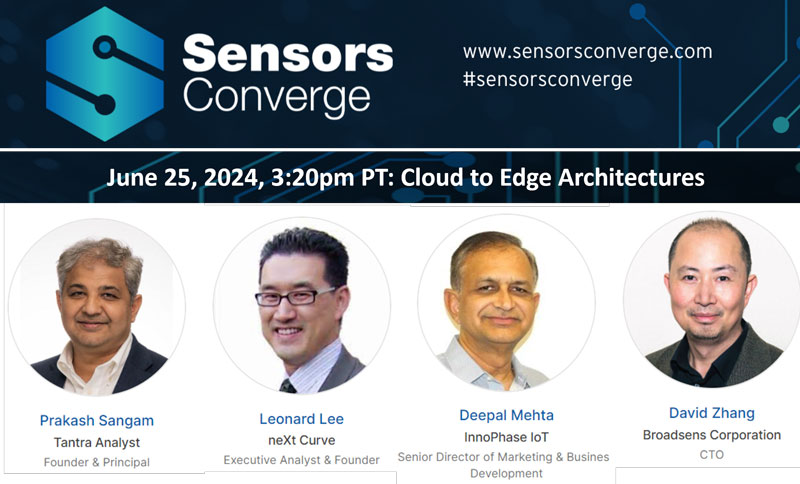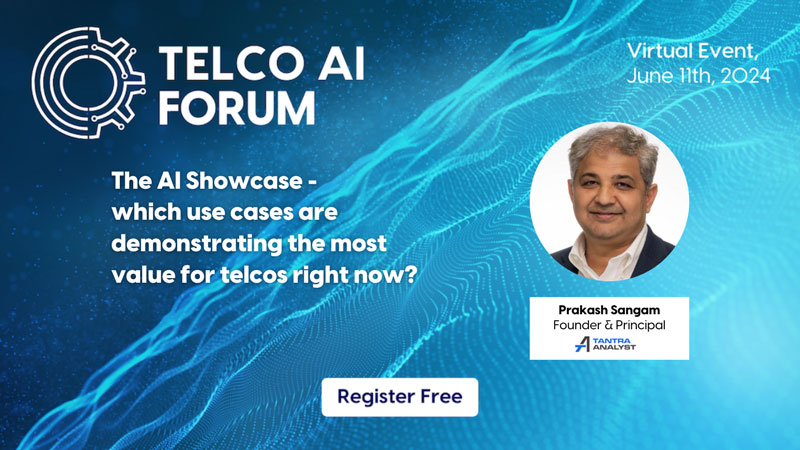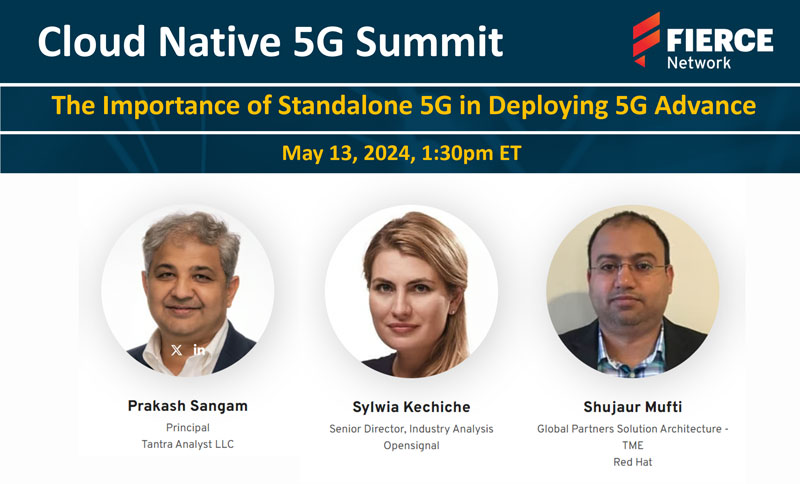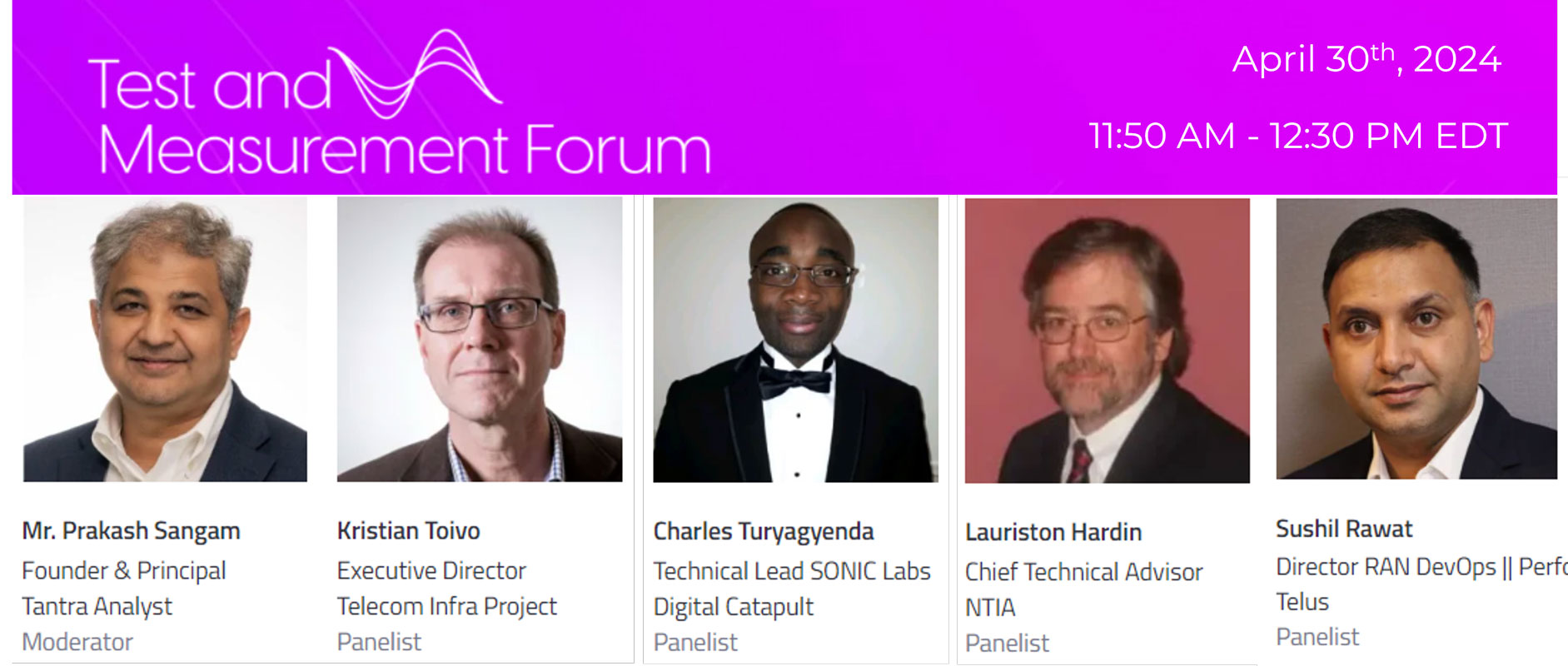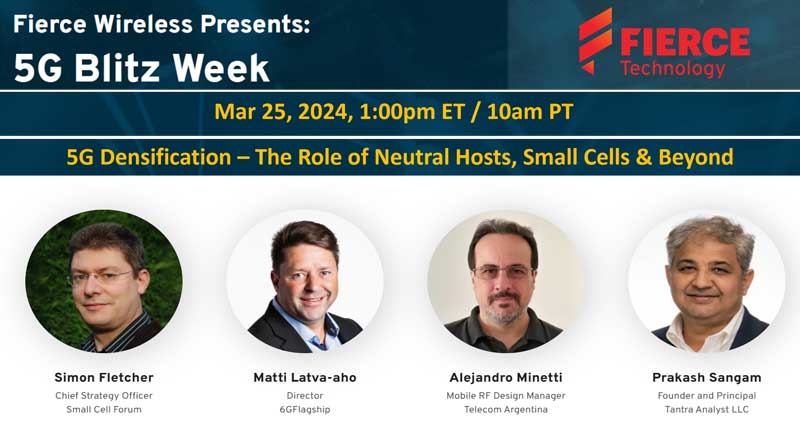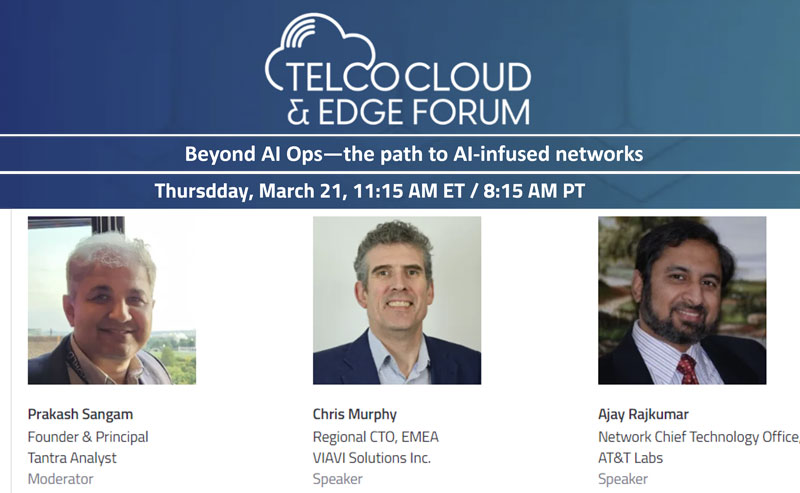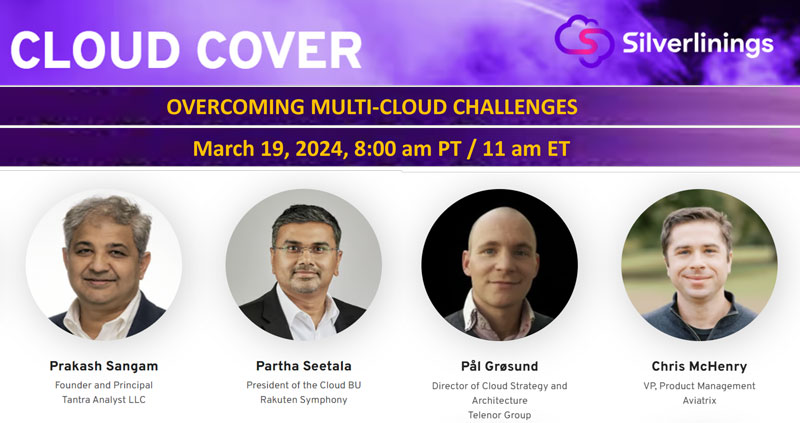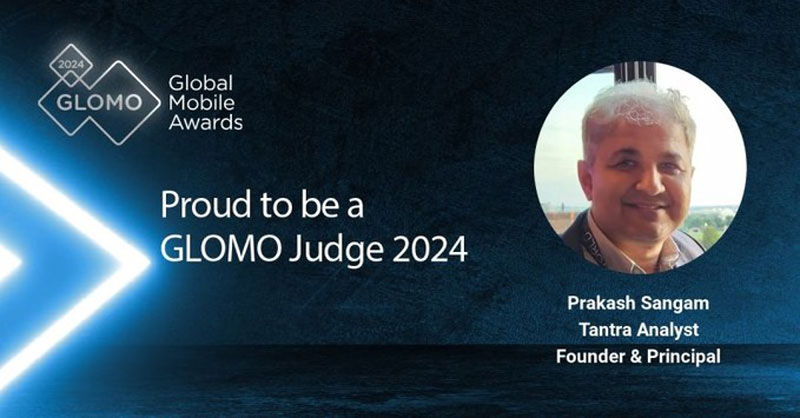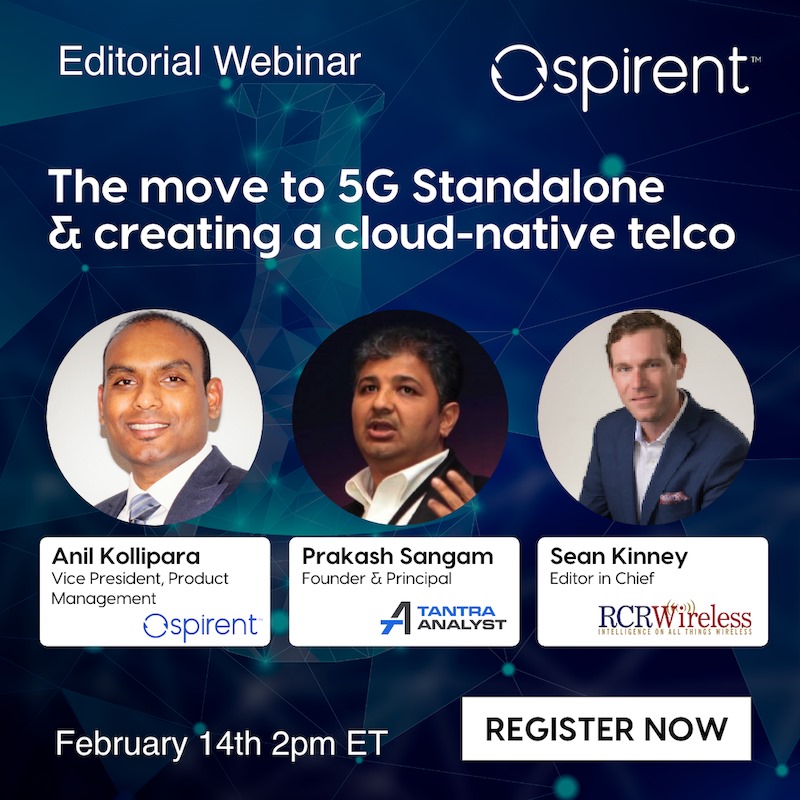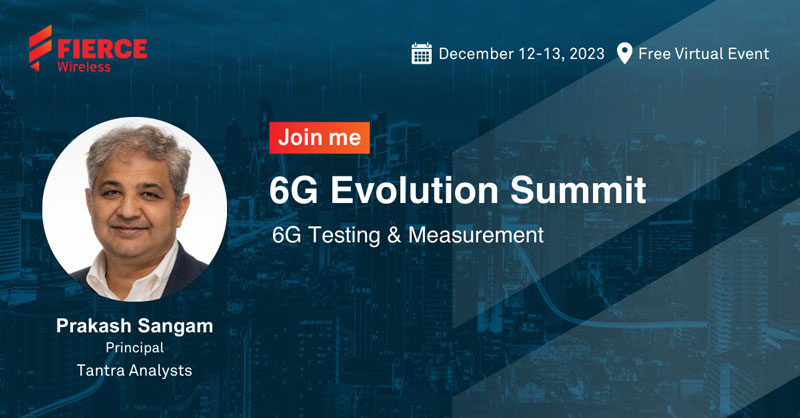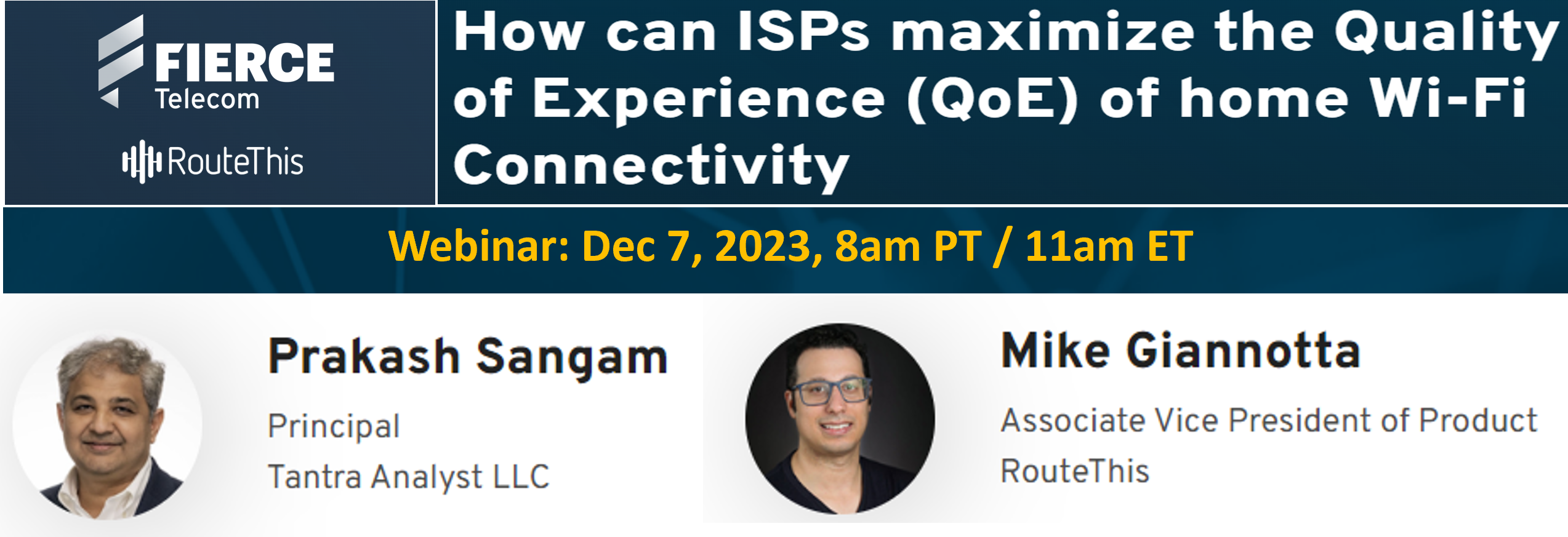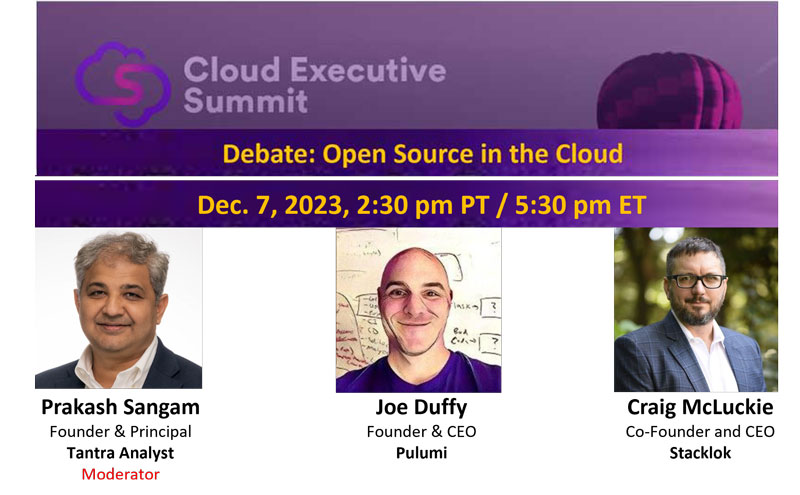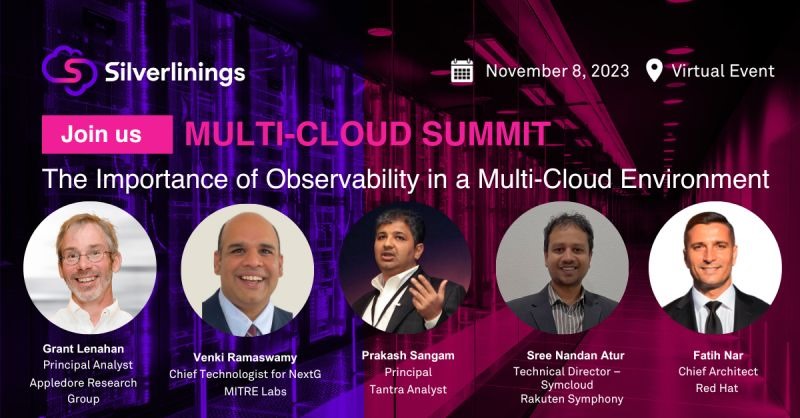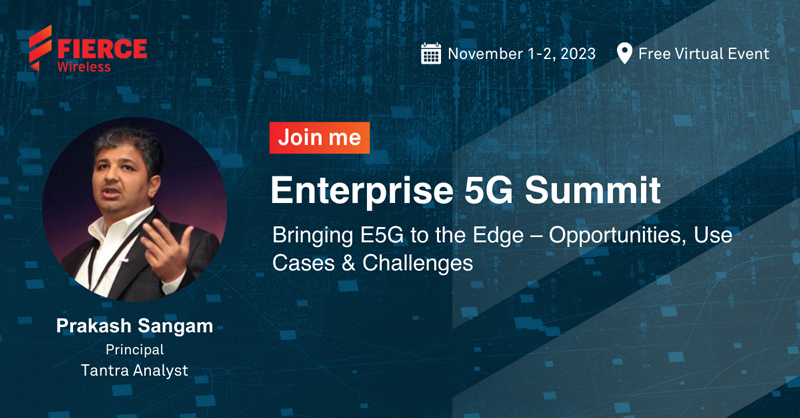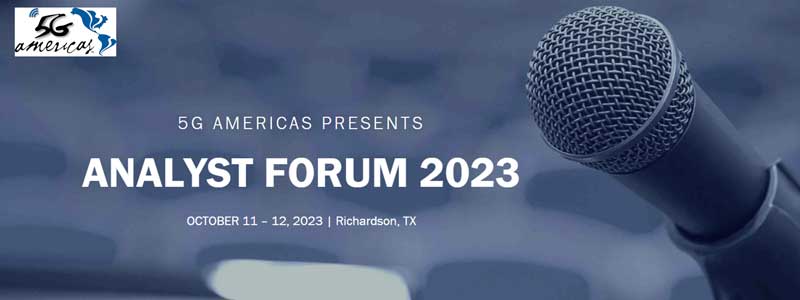Events
Join 40,000 professionals who get the latest news and analysis from us. Please sign up for our newsletter
UPCOMING EVENTS
5th Annual Autonomous Vehicles USA 2025
Date: 11 – 12 June, 2025 | Los Angeles, California, USA
THE PREMIER FORUM FOR AUTONOMOUS VEHICLE TECHNOLOGIES
-
Welcome to AUTONOMOUS VEHICLES USA 2025, where automotive manufacturers and autonomous driving innovators will meet leading experts to unveil the latest connected and automated vehicle technologies.
The automotive industry faces a transformative era with growing demands for Full Self-Driving capabilities and Mobility-as-a-Service, paired with challenges in standardization, infrastructure robustness, and data management.
Join us to shape the future of mobility, enhance your market presence, and forge valuable partnerships.
PAST EVENTS
Tectonic Shifts – AI ConferenceU
Date: 29 March, 2025
Time: 4:25 PM PT
AI IP/Legal/Tech Opportunities & Challenges
Join us as we shape San Diego into a global AI leader. Be part of the AI revolution and drive impactful innovation across industries.
Why you should attend:
-
Shape the future of AI
-
Lead in AI innovation
-
Build valuable partnerships
-
Establish your legacy in AI
Mobile World Congress 2025
Date: 20 March, 2025
Time: 9:00 AM – 10:00 AM PT
MWC 2025: Connecting Innovation, Shaping the Future!
The Mobile World Congress (MWC) 2025: A Pivotal Event in Connectivity and AI Innovation
The Mobile World Congress (MWC) 2025 is set to take place from March 3 to 6 at Fira Barcelona Gran Via in Barcelona, Spain. As the world’s largest and most influential connectivity event, MWC 2025 will convene industry leaders, innovators, and technology pioneers to explore the latest advancements shaping the mobile and connectivity sectors.
This year’s conference will spotlight six critical themes driving the future of digital transformation: 5G Inside, Connect X, AI+, Enterprise Re-invented, Game Changers, and Our Digital DNA. These themes will serve as a framework for discussions on next-generation networks, AI integration, enterprise innovation, and the evolving digital landscape.
The World of Connected AI (WCA) invites industry professionals to engage in thought-provoking discussions on the transformative impact of these trends on the Connected AI Industry. With over 2,700 exhibitors and an expected attendance exceeding 100,000 visitors, MWC 2025 will offer an unparalleled platform for networking, knowledge exchange, and collaboration.
Key discussions at MWC 2025 have underscored Europe’s strategic autonomy in technology and telecommunications, with industry leaders advocating for regulatory flexibility to foster sector consolidation and enhance competitiveness against global tech giants. Additionally, AI-driven innovations will take center stage, with companies such as Samsung and Huawei unveiling cutting-edge devices and automated commercial solutions that are set to redefine the industry landscape.
MWC 2025 stands as a cornerstone event for unveiling breakthrough technologies and setting the strategic direction for the future of mobile and connectivity industries.
The European chapter of the World of Connected AI (WCA) welcomes industry stakeholders to join us in analyzing these developments, sharing insights, and shaping the future of Connected AI.
MWC Barcelona 2025
Date: 3-6 March, 2025
MWC GLOMO 2025
Best Cloud Solution
Date: 3-6 March, 2025
Considered a key element of digital transformation, cloud is starting to be adopted across the world, primarily driven by the rise of 5G technology, unexpected spike in data traffic due to the global pandemic, surge in broadband services and increasing customer demands. The cloud market is now projected to reach $75 billion by 2026.
This award category calls for Cloud services and solutions to showcase the full range of possibilities created for consumers and enterprises today – from private to public, community, hybrid, or distributed cloud models.
This award is open to all players in the mobile eco-system and all participating organisations that are developing a wide range of advanced cloud solutions.
The next evolution of Galaxy AI
Date: 22 Jan, 2025
Delivering on Sustainability Objectives with 6G Connectivity
Date: 04, December 2024
Time: 01:15 PM ET | 10:15 AM PT
6G is set to revolutionize the communications landscape, promising unprecedented data speeds, ultra-low latency and ubiquitous connectivity. However, its potential for delivering sustainable networks is equally transformative. One of the key aspects of 6G that will contribute to sustainability is its inherent efficiency. Advanced technologies like AI-driven network optimization, intelligent resource management and energy harvesting will be integral to 6G. AI and ML algorithms can optimize network operations in real-time, reducing energy consumption by dynamically allocating resources based on demand and minimizing idle time. This leads to significant energy savings compared to the more static resource allocation in current networks. During this session, speakers will delve into how 6G technology can foster the development of environmentally friendly and energy-efficient networks, alongside what CSPs must do now to prepare for this transformation.
Optimizing Performance in Multi-Cloud: Seamless Integration, Interoperability & the Role of AI
Date: 05, November 2024
An increasing number of organizations are deploying multi-cloud architecture to leverage the strengths of various cloud providers, however ensuring seamless integration and interoperability across clouds must be at the forefront of their strategy. During this session, speakers will delve into challenges associated with integration, including APIs, standardized protocols and cost to achieve the seamless data transferability required to run a multi-cloud environment. Additionally, as the integration of AI becomes more commonplace across industry, speakers will also discuss the transformative impact of AI on multi-cloud optimization and the role that AI-driven data analytics can play in predicting, mitigating and automating various multi-cloud workflows.
Solving the data challenge of telecom AIOPs
Date: 06, November 2024
Artificial Intelligence (AI) is poised to revolutionize cellular networks, from right-sizing the network build to enhancing radio link performance and streamlining operations. One of the most significant impacts will be in optimizing network operations. By leveraging AI-powered solutions, operators can reduce costs, improve reliability, and monetize their data assets more effectively.
However, realizing the full potential of AI hinges on access to high-quality, sanitized, and verified data. Challenges such as data scarcity, lack of standardized formats, limited end-to-end visibility, privacy, security, and data sovereignty issues impede AI/ML model development and deployment.To address these obstacles, a comprehensive architecture is essential for collecting, analyzing, and curating data for AI/ML models.
In this webinar, speakers from NETSCOUT and Tantra Analyst will discuss:
-
The components of a robust AI architecture for cellular networks
-
Data curation techniques to ensure accurate contextualization and prediction
-
How NETSCOUT’s solutions address the challenges of AI-driven operations (AIOPs)
-
Real-world examples of successful AI implementations in cellular networks
Summit of Things 2024
Date: 22-24, October 2024
We are pleased to announce the return of the annual Summit of Things virtual event, scheduled for October 22-24. Packed with impactful content covering IoT, AI, connectivity, cybersecurity, and more, this multi-day event will unite some of the brightest minds from around the globe. Stay ahead of the digital curve by reserving your free early bird pass now!
Hosted by IoT Marketing and Industry Insights Webinars, the Summit of Things assembles experts, industry leaders, and solution providers to share their knowledge on digital transformation and to engage in meaningful discussions about the future of our connected world. The virtual event experience spans several days and features panel discussions, keynotes, training sessions, and more.
Speakers and sponsors will benefit by showcasing their thought leadership and leveraging their participation for lead generation.
Attendees will have the opportunity to explore multiple stages, networking areas, and even a virtual expo hall, all within a unique, experience-driven platform.
An added bonus is that ticket holders will be able to access the broadcast content for up to 90 days after the event concludes.
Broadband Nation Awards 2024
Date: 10, October 2024
Lenovo Tech World 24
Date: 15, October 2024
Performance, Efficiency & Interoperability – Helping Open RAN Find its Feet
Date: 09-10, September 2024
ORAN has well-established advantages, including cost savings, enhanced scalability and driving RAN innovation, and with many CSPs now deploying largescale ORAN networks its likely that many industry players are starting to see the benefits. However, for ORAN’s potential to be fully realized, it is essential that CSPs navigate an often complex task of multi-vendor interoperability. The x and r apps of the non-real-time and near-real-time RAN Intelligent Controller (RIC) offers one avenue by using AIbased recommendations to enhance interoperability and drive optimization. But how else can CSPs ensure their ORAN networks are deployed smoothly? Join this session as we explore what recent deployments have taught us with regards to navigating a multi-vendor ecosystem and learn how various software and technological advancements can assist CSPs in ensuring they get their ORAN deployments right.
Sensors Converge 2024
The Future of Connected Wearables
Date: 25, June 2024
Time: 10:00 AM PT
The evolution of wearable technology has been remarkable, progressing from basic fitness trackers to sophisticated, versatile devices that effortlessly integrate into our everyday routines. Looking forward, the horizon of wearable technology holds immense promise, poised to deliver innovations that further elevate health, connectivity, convenience, and customization. This panel of industry leaders will discuss the following:
-
Market Expansion
-
New Trends and Encouraging Innovation
-
Enhancing User Experience
Global Standards Leadership Conference 2024
AI & open standards
Date: 13, June 2024
Time: 09:00 AM – 4:00 PM PST
The panel will provide a comprehensive overview of the multifaceted dynamics influencing the evolution of AI standards, policies, and innovation, underscoring the importance of collaborative efforts between industry, government, and academia to navigate the complexities of the AI landscape. The panel will discuss various government policies, such as the AI Act and guidelines from institutions like NIST, and their implications for AI development and regulation as well as the potential benefits and challenges of SEPs in promoting interoperability, driving technological advancement, and safeguarding fair competition within the AI industry.
Topics for the panel to discuss include:
-
Status of open standards for AI,
-
Leadership in AI development, Government policies (AI Act, NIST, etc.)
-
Patenting of AI innovations
-
The role for SEPs in future AI standards
The AI Showcase – which use cases are demonstrating the most value for telcos right now?
Date: 11, June 2024
Time: 12:50 PM – 1:05 PM EDT
The Importance of Standalone 5G in Deploying 5G Advance
Date: 13 May 2024
Time: 01:00 PM – 02:15 PM ET
5G Advanced refers to the next phase in 5G rollout and it is set to be transformative, driving innovation and creating new use cases such as ultra-reliable low-latency communications, massive machine type communications and wireless edge computing. However, pivotal to the success of 5G Advanced rollout is ensuring CSPs have deployed standalone 5G architecture. During this session, speakers will analyse the significance of SA 5G in realizing the 5G Advanced potential. They will discuss deployments to date and how challenges such as cost, security and interoperability can be managed to ensure smooth a smooth rollout.
Optimizing and scaling Open RAN – RIC trials and tests
Date: 30, April 2024
Time: 11:50 AM – 12:30 PM ET
-
Integration and interoperability progress in open networks
-
The role of orchestration and automation
-
Is the RIC the key to accelerating Open RAN?
-
How are test and measurement providers enabling carriers to test the RIC?
-
Progress in RIC testing strategies
-
Open RAN market opportunities & testing challenges
-
Infrastructure equipment testing
5G Densification – The Role of Neutral Hosts, Small Cells & Beyond
Date: 25, March 2024
Time: 01:00 PM ET | 10:00 AM PT
In the four years of commercial 5G rollout, confidence in its performance is growing. An article published by 5G Americas predicts that approximately 6.8 billion people will have a 5G connection by the end of 2027 and estimates that 267 commercial 5G deployments are currently deployed, a number expected to grow. Pivotal to the continued success of 5G is due to its availability, and to continue the upwards momentum, it is pivotal that CSPs densify their networks so that 5G is available in urban, suburban, and rural areas. Challenging to the overall 5G densification strategy is the significant CAPEX investments needed by private and public sectors to achieve ubiquitous connectivity, and with a general CAPEX reduction currently taking place, how can CSPs achieve their densification goals? Neutral Hosts and Small Cells offer two options. How can CSPs work with neutral hosts or deploy small cells to densify their networks? Is a combination of both an adequate solution? And what other possibilities can CSPs utilize to define their 5G densification strategy?
Telco Cloud & Edge Forum
PANEL—Beyond AI Ops—the path to AI-infused networks
Date: 21, March 2024
Time: 11:15 AM ET | 8:15 AM PT
While operators currently leverage AIOps to improve user experience, AI and generative AI offer broader promises. Hybrid-cloud and disaggregated networks are complex, difficult to manage and lack reliability. Hence, network slicing as-you-go is still impossible to achieve and monetization opportunities haven’t materialized in a meaningful way. AI’s ability to interpret complex data holds promise for optimizing and enhancing network performance and efficiency, but challenges persist. So how does AIOps impact day-to-day operations and users’ experience, for operators? What challenges persist in leveraging AI for network optimization, and how do they manifest in practical terms for operators? How will telcos exploit the future opportunity to run AI workloads at the edge? This session delves into the current applications of AI in network operations, exploring the research and deployments undertaken by operators and addressing the challenges in integrating this tool within networks.
-
Quality of data and feeding mechanisms for AI input
-
Determining sources and network nodes
-
Optimize network e2e
-
Capacity management ( new content consumed by customer)
-
Energy consumption
-
Harnessing GenAI on the edge
Autonomous Vehicles USA 2024
PANEL DISCUSSION ON THE FUTURE OF AUTONOMOUS VEHICLES IN MaaS
Date: 20-21 March 2024
Location: Los Angeles, CA
-
Why do the use cases for deploying AD MaaS fleets differ between the US, China, and Europe?
-
What are the short and mid-term actions USA should take to remain a leader in the AV space?
-
How to envision the integration of AI and Gen AI innovations reshaping the future of Mobility-as-a-Service?
Lucas Bublitz | P3 Group
Andreas Reschka | Pony.ai
Arisa Kuo | PlanX AI
Prakash Sangam | Tantra Analyst
Overcoming Multi-Cloud Challenges
Date: 19, March 2024
Time: 11:00 AM – 12:15 PM ET
-
Cloudification is beneficial for so many reasons, but key to its success is the easy flow of data from different organizational silos. However, due to operational structures it is often the case that communications service providers and enterprises alike end up working with different cloud providers for various applications. This multi-cloud environment can be difficult to navigate and often results in challenges relating to efficiency and costs savings, defeating the object of cloudification in the first place. Many hope to achieve one unified cloud solution across all data silos of their organization, but is this achievable, if so, how? How can enterprises work in a multi-cloud environment and cope with a lack of a one-size-fits-all approach? How can challenges be overcome so efficiency, agility and revenue don’t suffer?
Global Mobile Awards 2024
Date: 26 – 29, February 2024
The Move to 5G Standalone and creating a cloud-native telco
Date: 14, February 2024
Time: 2:00 PM ET
As 5G marks its fifth year in commercial availability, network monetization is elusive and it seems the best is (hopefully) still to come. The shift from 5G Non-standalone to Standalone is a pivotal moment, introducing a new cloud-native core, revolutionary service-based architecture and dynamic management for responsive on-demand network services.
Join RCR Wireless News’ latest webinar on February 14th, where industry experts from RCR Wireless News and Spirent Communications will explore:
-
Opportunities and challenges of going cloud-native in the 5G realm
-
The implications of increased technological intricacies in the 5G ecosystem
-
The imperative to rebuild organizational workflows for optimal 5G performance
-
Seamless integration of a cloud-centric operating models
6G Testing & Measurement
Date: 13, December 2023
Time: 11:00 AM – 12:15 PM ET
The significantly superior performance of 6G will be off the back of the propagation of the subtetrahertz spectrum. However, as this is a new playing field for CSPs, they must be able to overcome challenges related to propagation of sub-tetrahertz frequencies and this will require the appropriate testing and measurement solutions. As CSPs invest in 6G technologies, they must also ensure they invest in high-performance infrastructure to enable them to effectively research and be able to deliver a 6G network fit-for-purpose. What are some unique challenges CSPs will face relating to testing and measurement of the sub-tetrahertz frequencies? Do they have the knowledge and equipment in house to conduct thorough tests, and if not is it better to outsource or to upskill their own work force?
How can ISPs maximize the Quality of Experience (QoE) of home Wi-Fi Connectivity
Date: 07, December 2023
Time: 8:00 AM PT | 11:00 AM ET
Home Wi-Fi networks are getting complex, with many technologies(Wi-Fi 5/6/6e/7), several spectrum bands (2.4, 5, 6 GHz), different topologies (single unit, Mesh), heterogenous mix of devices with varying performance needs (broadband, gaming, IoT, etc.). The Quality of Experience of Wi-Fi connectivity defines the customer satisfaction of Internet Service Providers (ISPs). With competition in the home broadband space intensifying because of Fiber and Fixed Wireless Access, ensuring high QoE is business-critical. But the question is how to maximize it in a cost-effective and consumer-friendly way.
Tune in to this webinar to learn:
-
Key factors affecting home Wi-Fi network performance
-
Best practices for ensuring optimal in-home Wi-Fi connectivity
-
Tools from RouteThis that help ISPs maximize QoE and stay competitive


